
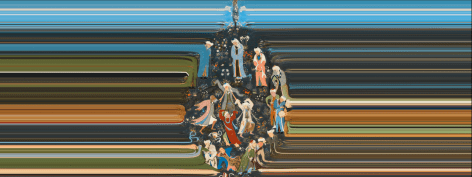
Arash Nazari
Dance of Sufi, 2022
Oil on canvas
150x450 cm.
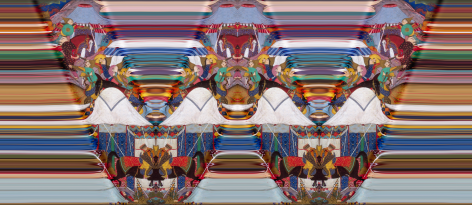
Arash Nazari
War Machine, 2022
Oil on canvas
150x400cm.
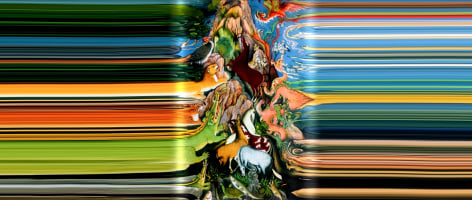
Arash Nazari
The Canticle of Birds, 2021
Oil on canvas
150x400 cm.
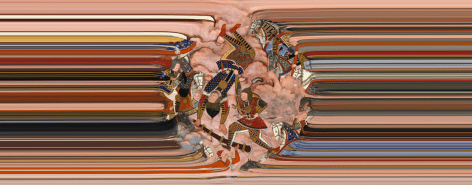
Arash Nazari
The Battle of Mazandaran, 2022
Oil on canvas
150x450 cm.
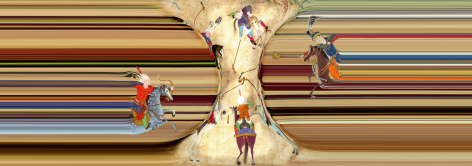
Arash Nazari
Polo player, 2022
Oil on canvas
150x450 cm.
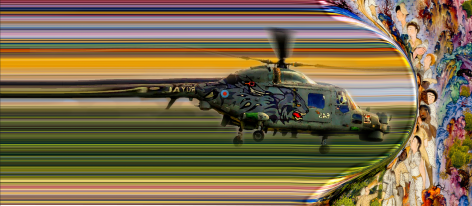
Arash Nazari
Towards peace, 2022
Oil on canvas
150x400 cm.
The paintings you see are rooted in history. The artist looked at his cultural history and has employed parts of it. The stories of Ferdowsi, the Iranian epic poet, play a key role in his cultural history, involving sections of painting. The poems of this poet collected in Shahnameh are the stories of heroes and battles. We see facets of wars, kings and heroes that have been selected from Negārgari (Iranian painting) versions in the 8th to 11th centuries AH. They have been extracted from the midst of Iranian Painting history but they have changed drastically. We see our contemporary atmosphere in these changes. Speed is the drive engine for these changes. The artist has accelerated everything. The battle scenes have seen dramatic shifts and changes. They have lost their own heavenly peace. The result of this turbulence in images is to attain color substance. Colors can be the subject of these paintings. We see a combination of Negārgari’s colors. It is as if an interpretation of Negārgari has been thrown from the past to the present. If we accept that contemporary art seeks form instead of theme, in these paintings we see the neutralization of theme and attention to form. Colors emerge more purely in these horizontal lines. It is as if someone examines the nature of dyes used in Negārgari in a chemistry laboratory.
The artist has done such experiments in the language of modern painting and beyond. Existing forms and colors of Negārgari have been given more energy. A new space has been provided to invite images belonging to Ferdowsi's epic poems to a contemporary painting party. An abstract vision conducts paintings and this cannot be denied despite scenes of realities.
Iranian Negārgari was done in workshops on copies of poetry books. Each painting had a small dimension. Imagine something the size of an ordinary book.
We know that one of the most important basic turning points in painting was the independent display of paintings in the new era. Painting was tired of accompanying poetry and narrative. In the first stage, it hanged on the wall and turned into a painting to this day. We see the awareness of this great change when we look at the roots of paintings in the present collection.
The painter has extracted paintings from their hiding places among books and small museum windows. He brought them to the stage.
This operation of discovering cultural history and displaying it, has created a visual dialogue. A dialogue between the mythological themes of the past and contemporary inquiries and concerns. The language of contemporary art speaks about history, politics, society, taste and much more. It is possible to spend hours searching through each painting in this collection and remembering bits and pieces of concepts in interactions and image deformations. Painting invites us to discover and excitement: seeing the past and the present at the same time.